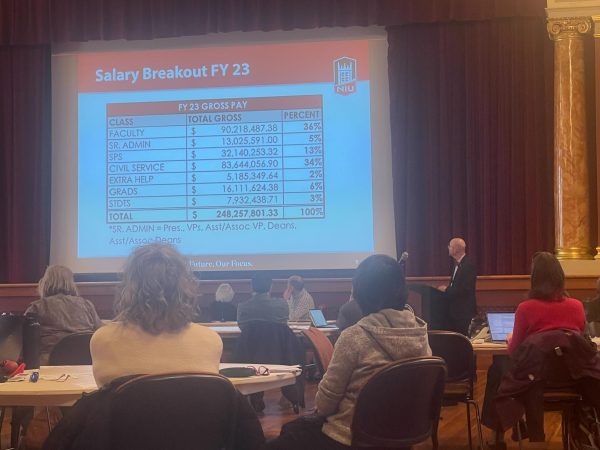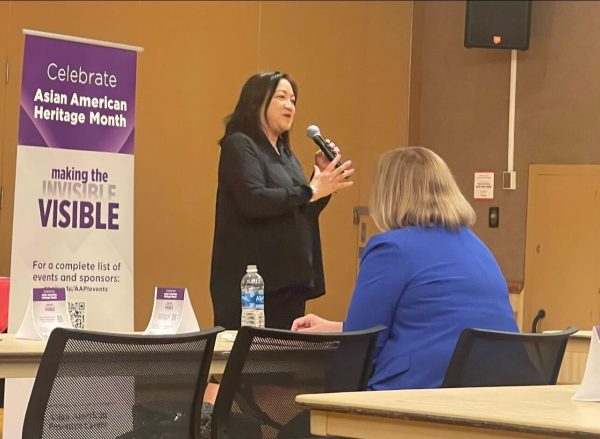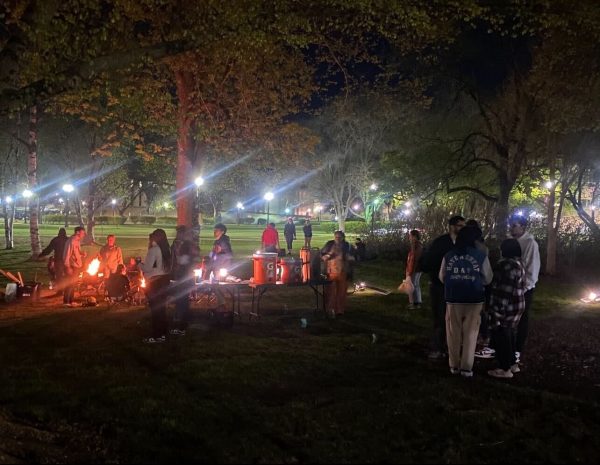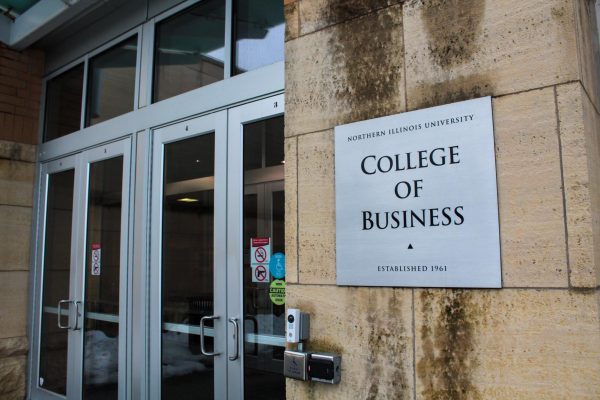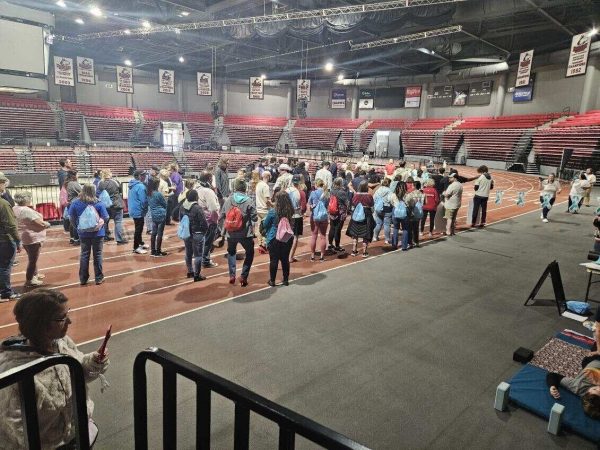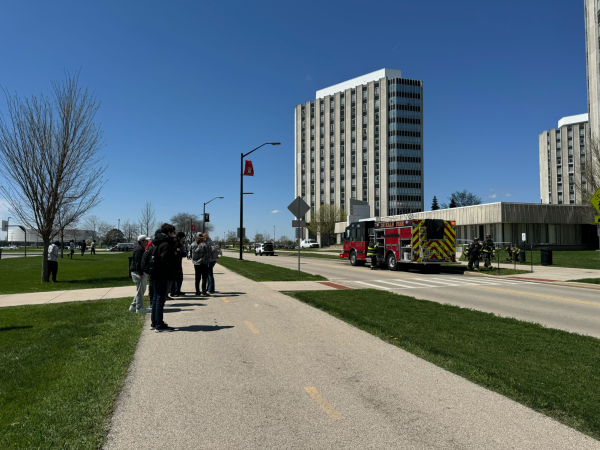Students learn new body of knowledge in Biology 311
August 7, 2007
DeKALB | The smell that fills the air consists of antiseptic and something slightly musty, but is not nearly as bad as one would expect with a dozen or so cadavers in the room.
The low ceiling and hanging fluorescent lights give the impression that Room 128 in Anderson Hall is smaller than it actually is, creating a slightly cramped feeling for the students.
The students gather on the right-hand side of the room, at tables scattered with models of internal organs. Some are talking quietly amongst themselves, while others are going over notes to prepare for the day’s lesson.
Dr. Daniel Olson, the instructor of Biology 311, is standing over a gurney that reveals a supine cadaver, himself preparing for the day’s lesson by gently pulling a cover off the intestines of the cadaver.
Biology 311 is functional human anatomy, and has been offered this summer Monday through Thursday, from 12:30-3:30 p.m. In this class, students don’t do any of the dissecting, both of the cadavers (one supine and one prone to avoid flipping the cadavers) are prosected, which means that both of the cadavers are dissected beforehand.
Looking at the cadaver, one would be hard-pressed to guess the age of it. The skin looks like faded leather, and the organs that are visible are brown, maroon and tan and have a leathery appearance as well.
“It doesn’t bother me [to work with cadavers],” said Joel Powers, a health education major. “I thought it would at first, but it does smell bad.”
To begin the lesson, seven students walk up to the gurney to watch as Olson expertly pulls away organs and fragments of intestines to reveal what he wants to show the students. Some have come up with their notebooks and binders, taking notes as Olson talks and points, while others simply watch raptly.
Olson talks with authority, but slowly, and is always willing to stop and answer any questions the students have. His hands move deftly inside the gut of the cadaver, which makes sense since Olson has been teaching Biology 311 for almost 20 years.
“I try to explain a very complicated, detailed course in a way that makes sense to students,” Olson said.
Olson tries to use imagery and analogy, among other things, to help explain the inner-workings of anatomy to the students, he said of the methods he employs in his class.
For instance, one student was surprised to learn that the muscles involved in doing sit-ups are actually underneath many organs, and Olson smiled slightly as he realized some of his teachings sinking in.
“I just enjoy the area, to me it is very interesting,” said Olson. “Each time I do a dissection I might find variations or prosthetics.”



